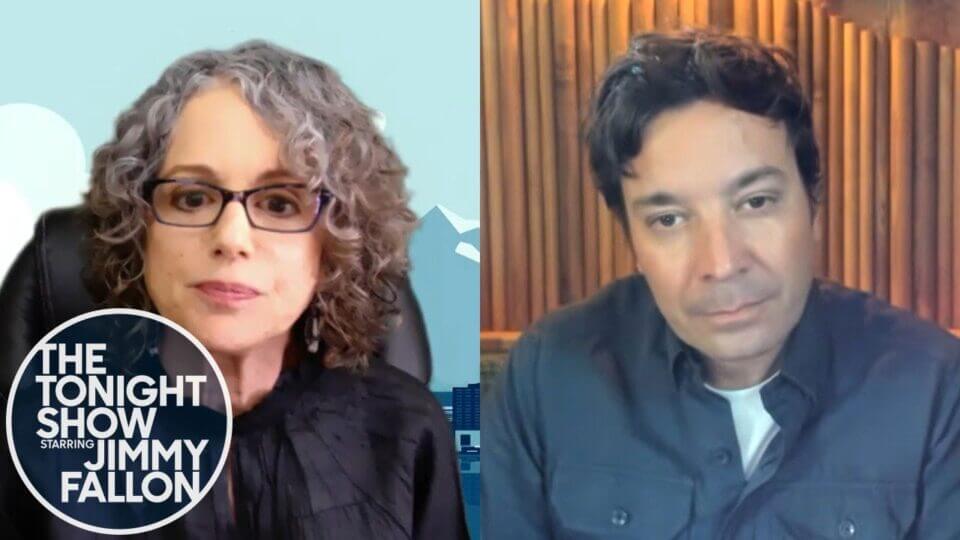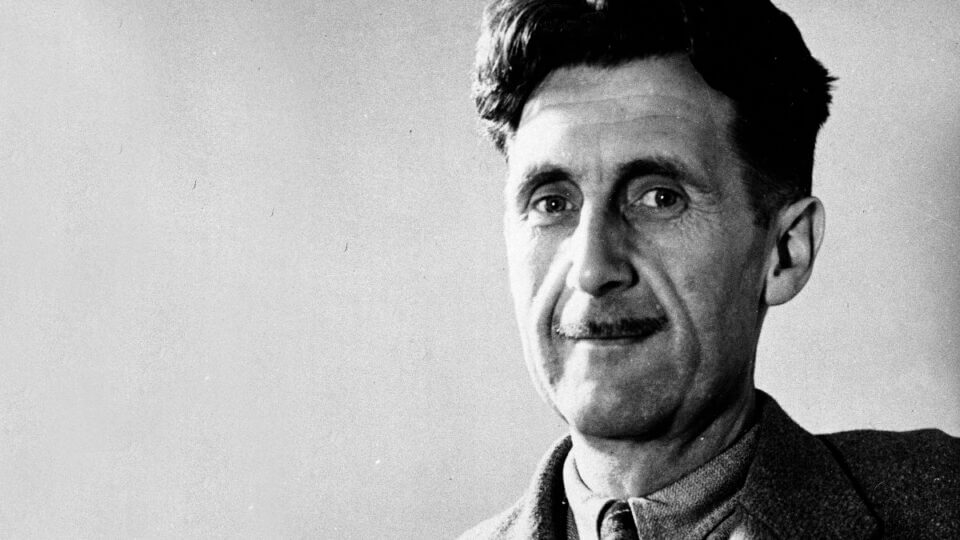
“Weird is the only word available to describe the implicit rules, rituals, and taboos that surround the issue.”
The massive wave of Black Lives Matter protests that jolted the nation after the death of George Floyd was met with an institutional purge of dissenting voices from mainstream institutions. This has sparked wide ranging critiques of the prevailing progressive narrative on race across the political spectrum. The question naturally arises: Is this what progress looks like? If we want to make an omelette, as the saying goes, is it necessary to break some eggs? And if so, how do we know that we are breaking the correct ones?
Most arguments against Black Lives Matter and its animating ideology can be placed in one of three baskets: Either it worsens polarization by reinforcing racial and political tribalism, is excessively moralizing in ways that ring of religiosity, or that it ultimately harms the people that it intends to help by encouraging a victim/savior dynamic. However, another, more obvious argument is that modern anti-racism is deeply, truly, and overwhelmingly strange. The mental contortions necessary to navigate our morally charged racial politics—a politics that views people exclusively through the singular lens of historically determined social categories (in an increasingly multi-ethnic society no less)—makes any humanist approach to these issues almost impossible.
The ways in which we think and talk about race would never strike anyone as natural or sane were it broached in a vacuum, outside the context of our history and culture. Weird is the only word available to describe the implicit rules, rituals, and taboos that surround the issue. A martian visiting from another planet would be very confused by the double standards, contradictions, and oddities that most of us accept as the norm.
For example, imagine having to explain to this otherworldly visitor that we have this little word in our language regularly used in popular culture by one group but which another group is socially penalized for using—or that we have this program in our college admissions process that grants preferential treatment to one group over others, and this is somehow not considered racist. Or explain that the term “racism” only applies when one group acts prejudiced towards another but not the other way around—or that the most ethnically diverse country in the world is also, somehow, the most structurally racist country on the planet.
It is no surprise, then, that our absurd cultural universe has opened up space for the weirdest intellectual movement ever conceived. Robin DiAngelo, the illustrious diversity consultant and author of the number one New York Times best-seller White Fragility: Why It’s So Hard For White People To Talk About Racism, has set about making white people as uncomfortable as possible. “White fragility” refers to the inability of whites to talk about racism without turning into sniveling toddlers.
One might find it is within reason that a given individual—with his own traumas, dreams, and neurosis—would be defensively reactive to this charge, but DiAngelo is utterly amazed that whites are not more receptive to hearing such glad tidings.
Of course, by “talk about racism,” DiAngelo does not mean have an honest conversation about the complex system of interactions between groups in society that privileges some and disadvantages others; or about the fifty or so factors that contribute to racial inequality today; or about the human phenomenon of racism and how to mitigate our inbuilt tribal biases. She simply means white people owning up to their racial privilege and inherent racism and coming to terms with the fact that their very existence on this earth is the source of everything bad. One might find it is within reason that a given individual—with his own traumas, dreams, and neurosis—would be defensively reactive to this charge, but DiAngelo is utterly amazed that whites are not more receptive to hearing such glad tidings.
The book begins, “White people in North America live in a society that is deeply separate and unequal by race, and white people are the beneficiaries of that separation and inequality.” This represents the basic premise of her argument and sets the tone for the rest of the book. In chapter one, she discusses the challenges of talking to white people about racism and the various defense mechanisms whites have developed that prevent honest racial discourse. Chapter two is about how whites are inculcated into a system of racism and white supremacy and are absolutely complicit in racial inequality. Then comes chapter three where DiAngelo describes the innumerable ways that racism has actually gotten worse since the civil rights movement (!). Chapter four is about how race shapes every aspect of white life, and there is no escape from it. Chapter five argues that racism is not an individual behavior but a structural force, and the “good/bad binary” we have developed around the term keeps us from accepting its true scope and depth.
Chapter six is entitled “Anti-Blackness,” on the various manifestations of anti-black sentiment in American life. Chapter seven is dedicated to the various racial triggers that white people unknowingly harbor. Chapters eight, nine, and ten are all about the dimensions of white fragility, before we hit chapter eleven on white women’s tears and how they are used to shut black people down or something. The final chapter is called “Where Do We Go From Here,” which concerns repairing racial damage (which to DiAngelo unsurprisingly means white people endlessly apologizing), how she is not manipulating white guilt but merely encouraging white racial responsibility ( the same thing), and how a positive racial identity is not possible because “white identity is inherently racist.” The book is riddled with bullet points, as though weighty human complexities around intense racial issues could be neatly ordered into a powerpoint, and she writes with strange humor, asking white people to breathe and telling them it will all be okay while simultaneously accusing them of a collective evil.
The most interesting chapter is the fifth. The major problem with how we talk about race in the United States is the perception that racism is an immoral act, she claims; and if we could only recognize how we are all implicated in racism as a structural feature of our society, then it would be easier to have these conversations because individuals would not feel personally attacked. Perhaps. But is that a social risk we are really willing to take, de-stigmatizing racism on an individual level so that it is more fruitful to discuss it on a structural level? It is quite the bold claim in itself, but less so when we realize DiAngelo is effectively trolling. She has no interest in drawing the sting from the “racist” epithet, which her entire business model is based on (if companies did not care whether they are seen as racist or not, they probably would not hire her). The problem with the concept of systemic racism is that—by implicating the entire society—we lose the power of the word to describe and root out individual racist behaviors. Moreover, despite efforts to conceive of racism as a system, a set of policies, an institutional phenomenon, the blame invariably comes down on individuals. The concept is incoherent, but, again, less so when we realize it is a rhetorical device meant to elicit collective guilt instead of to describe reality.
After imbibing White Fragility for a few weeks and texting condolences to the handful of black people we have met in our lives for their presumed struggles, the vague sense of white guilt is replaced by a feeling of anointment.
At bottom, DiAngelo has condensed ideas that have been cooking up in the university for decades and clenched them into a fist with which to smash any and all opposition. There is a kind of genius to this. White fragility, as the writer Wesley Yang has said, is something close to a perfect polemical weapon. It may, very well, be invincible. As my colleague Jonathan Church has written, white fragility is a Kafkaesque trap. For a white person to deny his white fragility or his role in racial oppression is, itself, evidence of the accusation. The logic is circular; our denial merely springs the trap. The most white people can do is acquiesce, accept their original sin, and “do the work” by constantly reminding themselves of their racism and acting deferential and apologetic to any non-white person they happen to stumble upon, I guess. And here is the real kicker: Plenty of white people, particularly upper-middle class, highly educated, and secular white people of the sort I grew up with are more than happy to oblige! Upwardly mobile whites find tremendous spiritual value in racially groveling guilt trips. It is a way of cosmically atoning for one’s relative privilege. After imbibing White Fragility for a few weeks and texting condolences to the handful of black people we have met in our lives for their presumed struggles, the vague sense of white guilt is replaced by a feeling of anointment. It replaces our identity as normal boring white people with something more exciting: a new way of seeing oneself that connects us to the suffering of the world and redeems us of our smallness.
DiAngelo does get one thing right. The broad activist effort to decenter whiteness, which means to make white people aware of their group identity, is a positive step in my opinion. Because whites have represented the baseline identity in the United States for so long, it is easy to imagine that we are somehow beyond or outside of race. But White Americanness is a panethnicity with shared ancestry and cultural traits like any other panethnic group. And, as Eric Kaufmann persuasively argues in his tome WhiteShift, recognizing whites as such is important to having a better conversation about what living in a multiracial country entails. DiAngelo’s claim that white identity is inherently racist, however, is about as ridiculous as saying black identity is inherently racist. As decades of psychological research has shown, animosity toward an out-group is not correlated with warmth towards an in-group.
Frankly, there are too many flaws with DiAngelo’s book to chew on in this short essay, and others have done a much better job at that. What is worth noting, though, is that DiAngelo’s weird premises naturally lead to weirder outcomes. The anecdotes she provides in the book are the most telling. She relates a story about a woman who was upset after receiving criticism in an anti-racist training session. The woman’s co-workers were worried that she may have a heart attack on account of a pre-existing health condition. But DiAngelo’s takeaway was not about how to facilitate such a serious issue in a professional setting—but rather how this white woman had taken attention away from people of color in the group by drawing attention to herself and how this is yet another symptom of white fragility. When you are a hammer, everything looks like a nail. That she even decided to put this story in the book says a lot about DiAngelo’s mind. Anyone with a shred of empathy would be concerned about this woman’s well-being first and foremost, but DiAngelo’s racial theology is so deeply entrenched in her psyche that even the most basic human sentiment is suppressed out of sheer necessity.
And that is really the point. There is no room for humanism in DiAngelo’s totalizing worldview. I always harken back to James Baldwin’s quotation about protest novels when I read modern purveyors of social justice: “The failure of the protest novel lies in its rejection of life, the human being, the denial of his beauty, dread, power, in its insistence that it is his categorization alone which is real and cannot be transcended.”
Not every human dilemma can be captured in a framework that looks out at the world and can only see a landscape of guilty groups and victim groups. What of love, pain, joy, anxiety, loss, terror, rage, or any fragment of our experience that has nothing whatsoever to do with relative power and privilege? The caricatures DiAngelo paints of white and black people are totally unrecognizable to me. We are more than the sum of our identities. We are more than avatars for our respective races. We are more than what history has made of us. The end point of white fragility is a sterile, sexless, and joyless world of nervous smiles where people are wedged into divergent categories to repress carefully the infinite chaos of our own humanity. Perhaps such a world would be totally free of any traces of white racism, but it would also be a spiritually castrated world with no room for interracial love whatsoever. Where moral meaning is assigned to skin color, there can be no love.
I do not think attacking anti-racist ideas—in itself—is enough to penetrate the minds of its adherents. It is not the ideas that compel people but the underlying moral identity that it imparts. Weird anti-racism must be called out for its weirdness. When someone goes off about one’s white privilege or unconscious racism, instead of responding “how dare you!,” which will only confirm the belief, we should simply retort, “You are acting very weird right now, and I’d appreciate it if you act less weirdly. Thank you”.
Sam Kronen is an autodidact interested in the intersection of politics and culture. He can be reached on Twitter @SalmonKromeDome.












I think the author makes an essentially good point – how do you rationally discuss an irrational idea with someone who is possessed by that idea?
If ideas do function somewhat like viruses then rational discussion us useful as a vaccine primarily for those not infected or at least only partially infected